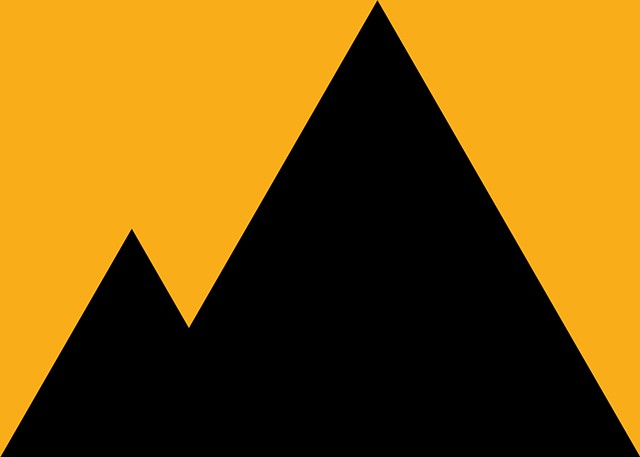Landscape Photographs
Landscape Photographs
Featuring work by Gabriel Blankenship and Brian & Gareth McClave
Organized by Stephan Apicella-Hitchcock
Fordham University is proud to present a new exhibition, Landscape Photographs, which brings together work from American artist Gabriel Blankenship and British artists Brian & Gareth McClave. This exhibition's straightforward title might lead one to presume images that conform to traditional expectations for landscapes—beautiful, transcendent, or sublime; moreover, accessible and understood within the genre's history. The landscapes depicted here are undoubtedly related to the world we know, although the information is translated and parsed in potentially unfamiliar ways. Both Blankenship and the McClaves observe and take inspiration from the world around us, then process and present their information in carefully managed integers.
With Gabriel Blankenship, we see an array of ordinary suburban rooftops, clouds, powerlines, and foliage with different croppings and color schemes. On the one hand, these views are somewhat general, appearing related to a loose snapshot aesthetic filtered through video game technology. Yet, they are engineered and controlled at the smallest decision-making level, and selectively built up pixel by pixel into iconic images. A tension exists between the extreme control exercised during the image construction and the deceptively casual results. Ultimately, these scenes distill and precisely articulate some of life's quotidian details.
Brian & Gareth McClave utilize computer technology as Blankenship, though their images are abstract in a different manner. The digital slow-scan software that they developed records a picture over time and presents vertical slices of imagery. We view each image both in its entirety as well as chronologically when moving through the image bands from left to right. What might appear initially as a form of digital interference, or potential file corruption, turns out to be discreet stages in the construction of the image. The increments of a time-based narrative are visible, as well as the event in its entirety.
